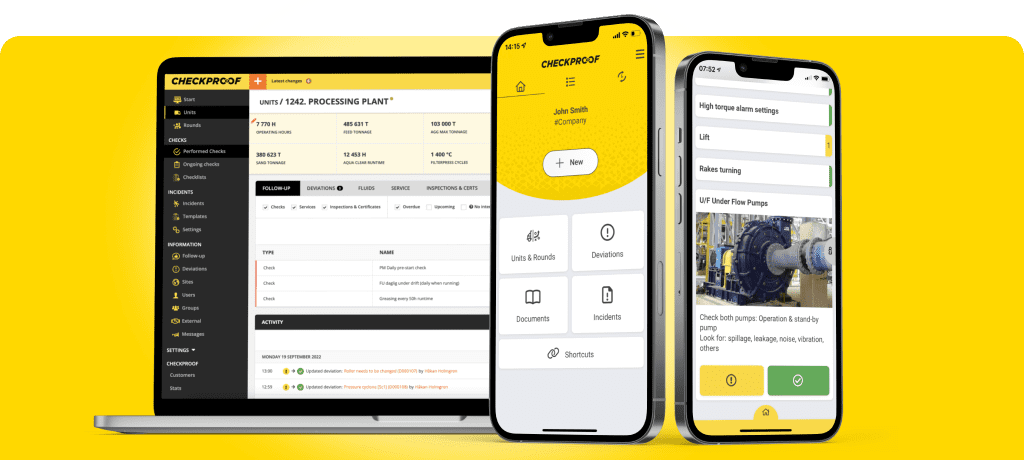Join us at AGG1, St Louis, MO - America's Center Convention Complex: 25-27 March
If your company relies on industrial machinery or a fleet of heavy-duty vehicles, you’ll have several maintenance routines and checks that need to be carried out at certain intervals to ensure safe and efficient operations. But what would happen if half of your frontline employees got sick overnight? Would your production continue or come to a halt? And do you feel certain that all your frontline employees are carrying out all checks correctly? To ensure your day-to-day operations are running smoothly, digitizing daily routines with customized checklists is crucial.
Regardless of whether you’re still using pen and paper, or if you’ve already invested in a digital maintenance system: your maintenance routines are pointless unless your frontline staff is both willing and able to perform the checks to the correct standard. Furthermore, if the reliance on more experienced staff to carry out checks, then become absent, production may come to a standstill. In this article, we cover the following:
- Risk of Reliance on Key Employees
- The Necessity of Digitizing Maintenance Routines
- How to create maintenance routines that Frontline staff follow
- 11 Best Practices to successfully implement a new maintenance routine
- Minimizing People Dependence Through Digital Transformation
Risk of Reliance on Key Employees
Key employees are a great asset to your company. From years of experience, they’ve developed a unique understanding of the most effective maintenance routines. They also know which actions are required when, and this can often prevent breakdowns and downtime before it’s too late. However, it doesn’t come without a downside. Your operation is like an ecosystem: if a key component fails, it has a negative impact on the whole site. If your routines aren’t clear enough for other employees to repeat, your production depends on certain people always being on-site.
As a result, key employees become gatekeepers of valuable information if their routines aren’t properly documented. Therefore, you need to make sure your routines are designed around your machines – not the people using them.
The Necessity of Digitizing Maintenance Routines
As mentioned above, the necessity of digitizing maintenance routines becomes particularly apparent when key staff are absent. Bypass this issue, by leveraging tools such as CheckProof’s digital platform, uniquely designed for the particular needs of the construction materials industry.
With solid, digitized maintenance routines, which give a full overview across teams, organizations can streamline their maintenance processes, enhance operational efficiency, and ensure continuity even in the face of unexpected disruptions.
How to Create Maintenance Routines That Field Staff Follow
So, how do you create sustainable maintenance routines that frontline staff will actually follow? When creating maintenance routines, including easy access to instructions, checklists, and real-time support will help to increase compliance and adherence to established protocols. By following the 11 steps below, you will limit your reliance on key employees and create routines that work independent from who carries them out. The goal is not to make the key employees’ insights obsolete – rather, it’s to make sure their knowledge is shared with the right people, contributing to building a stronger business.
11 best practices to successfully implement a new maintenance routine
1. Take the time to establish great routines
Invest time in creating a solid foundation for your routines and quality checks. It’s far too common that complicated production sites are found to have no framework in which they can follow. Without it, you risk unnecessary downtime and reduced availability. Ensure you involve staff and have vested plant managers in pre-task risk assessments and when creating Standard Operating Procedures (SOPs) along with the accompanying set of digital checklists.
2. Pick a digital platform that fits your needs
Next, decide on how you are going to log in and follow up on your new maintenance routines. Historically, pen and paper have been a go-to, but digital systems have highly improved and streamlined maintenance routines. CheckProof is uniquely designed for the construction materials industry and has a wide cross-industry appeal, highly due to the intuitive user experience for both frontline staff and office management. CheckProof also operates in real-time and can be used in offline mode.
3. Accommodate your entire workforce
There’s a big array of ages and skillsets in the workplace today. Some are already used to working with tablets and smartphone apps, while others quickly find themselves out of their comfort zone. You need to select a system that’s user-friendly enough to suit everyone – regardless of their previous digital experience. Because let’s face it: even the most modern and advanced platform or app won’t provide value unless your frontline staff is actually able to use it. When you set up your new maintenance routines, make sure they are transparent and easy to follow. Ideally, any employee would be able to perform the checks without much introduction. This not only reduces your dependence on key employees but also significantly improves the onboarding of new employees.
4. Allow enough time for training
If staff fail to perform your maintenance routines correctly, it’s often down to lack of training. Managers tend to underestimate the time it takes to implement a new system or work method. There’ll always be a ‘teething period’, but you’ll want the roll-out to be as quick and easy as possible, with minimum disruption to the everyday production. The best way is to set up the training in stages and start simple. Don’t introduce more than one new check or feature at a time, and make sure to wait until everyone can perform it correctly before adding another one.
5. Customise every maintenance checklist
The maintenance routines that need to be performed vary a lot between different industries and companies. In a large business, the needs also vary between different sites. When investing in a new maintenance system, make sure it enables your admin users to create customised checklists. Give your plant managers enough time to set up checks that are specific for the units or sites where they’ll be carried out.
6. Include pictures
As the saying goes, a picture says more than a thousand words. With clearly illustrated step-by-step instructions, even a person who’s never been to the site before will be able to carry out a maintenance check correctly. By including videos and images in your digital maintenance checklists, and highlighting key points, on-site staff can easily compare the pictures in the app to what they see in front of them. Words like “clean” can be interpreted differently by different people, but with photos of what an acceptable and an unacceptable standard looks like, the employee can assess the current status more accurately, and decide whether action is required.
7. Make communication a two-way street
Lack of communication is a common problem when implementing a new routine. Successful communication is a two-way street: inform staff well in advance about the upcoming change, and give them plenty of opportunity to provide feedback on how the new routine is working for them. In the early stages of the rollout, let the local manager catch up with staff weekly or bi-weekly to see how things are going. A fifteen-minute check-in at the end of the workday is often enough. Frontline staff can express any problems they’ve experienced with the routine, if anything needs to be changed, or if there are steps missing that should be added to the checks. With a customizable maintenance system, you can easily tweak your checks to make sure they work for everyone. Because as soon as they don’t, there’s a big risk your employees will simply stop following the new routine and go back to the old way of working.
8. Keep the checks relevant
For staff to stay motivated enough to keep carrying out the maintenance routines over time, it’s crucial that they see the point of the checks. Hence why it’s important to include them in the process when you’re first creating frameworks for routines. If they feel they’re just filling the system with documentation for its own sake, motivation will soon drop. Make sure to only include checks that are necessary and will be followed up on. By connecting maintenance routines to the actual running time of your fleet or machinery, instead of fixed time intervals, you’ll increase the accuracy and efficiency of your checks.
9. Set clear goals
When implementing new routines, think about what you want to achieve with the change. Don’t just transfer the same old checks to a new system, but take the opportunity to structure your work processes in a better way. Utilise the data you’re collecting and set clear goals that you can follow up on, and communicate back to frontline staff.
10. Follow up on defects and deviations
Again, documentation for its own sake will hardly motivate your field staff. This goes for defect reporting too. A big advantage of a digital maintenance system is that defects and deviations are reported directly from the field straight to the responsible manager. Let your frontline staff grade the seriousness of the issue when creating the defect report. This way, minor deviations can be sent to the local manager, while more serious issues will trigger a notification to the operation manager.
11. Integrate operational data
Once you have your maintenance routines and checks in place, you need to integrate your operational data. By doing so, you can access the relevant information without extra administration and intermediaries. This minimizes data pollution while also simplifying warranty requests and making sure alerts are activated at the right checking intervals.
Minimizing People Dependence Through Digital Transformation
By embracing digital transformation in maintenance routines, organizations can reduce their dependence on individual employees and create more resilient and efficient operations. CheckProof’s s platform enables knowledge capture, standardization, and automation, diminishing the risk associated with key personnel dependencies and ensuring continuity and reliability in maintenance activities.
Frontline staff will be much more motivated to follow the maintenance routines and report any deviations they detect if they know there’s full traceability and accountability throughout the organization – including management. And with maintenance routines running smoothly, managers can prioritize incoming issues in real-time (or at customized time intervals) to make sure defects are rectified before they lead to an unplanned breakdown.
Do you want more best practices on how to optimise your routines and minimise unplanned downtime? Download your free copy of the guide 9 keys to maximise the availability of your assets through frontline digitisation.
Want to know what CheckProof can do for you?
CheckProof's easy-to-use app makes it easier to do the right thing at the right time. Discover how you can run world-class maintenance that is both cost-effective and sustainable.

Maximize Efficiency with an OEE Monitoring System

Plant Asset Management Software:Maximizing Equipment Uptime

Machine Downtime Tracking: The key to smarter, more efficient operations

CMMS Software: What it is and why it’s key to First-Class Maintenance Operations
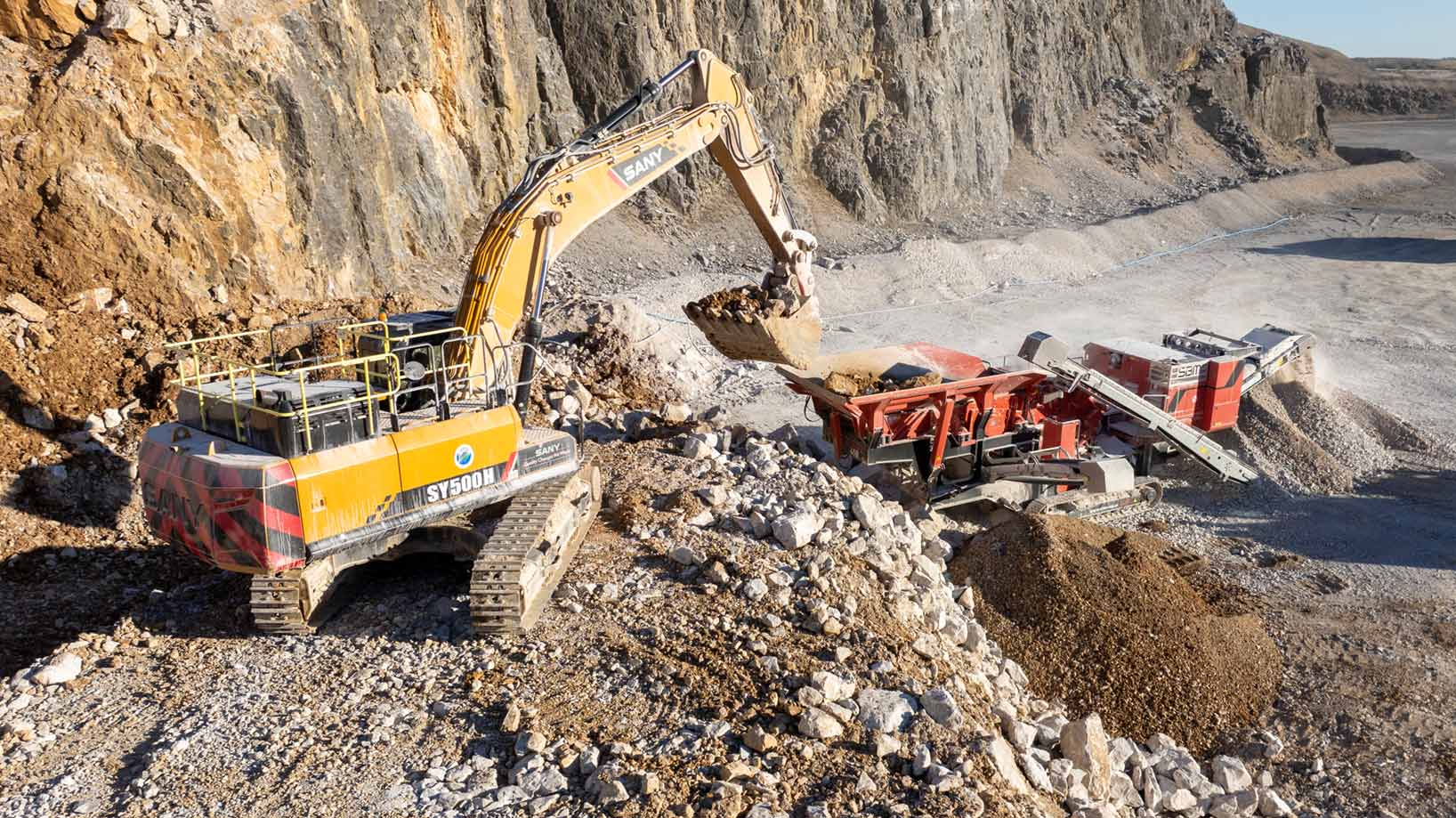
Revolutionizing Compliance: Banner Contracts on managing ISO audits with CheckProof
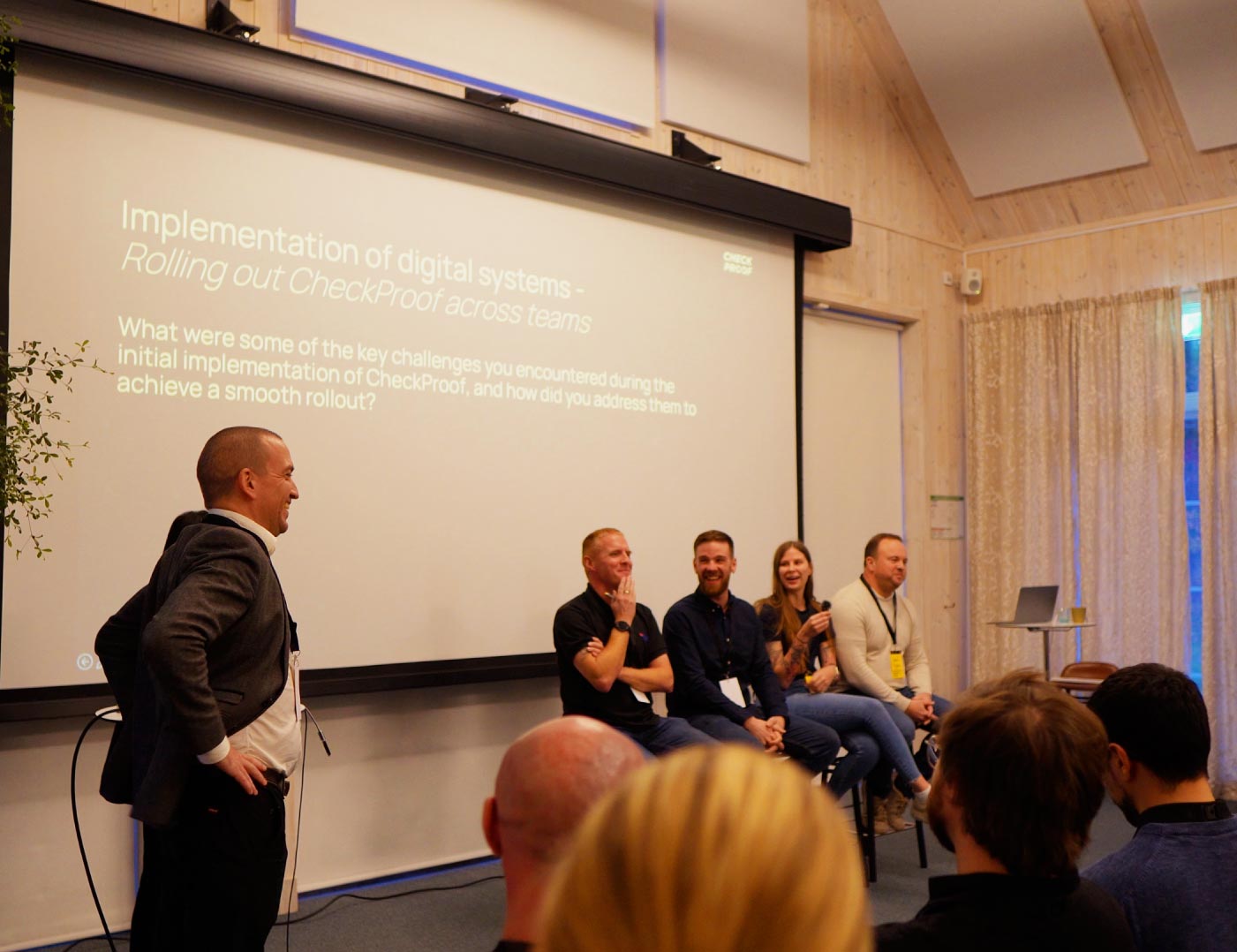
Implementation of Digital Systems: Rolling Out CheckProof Across Teams
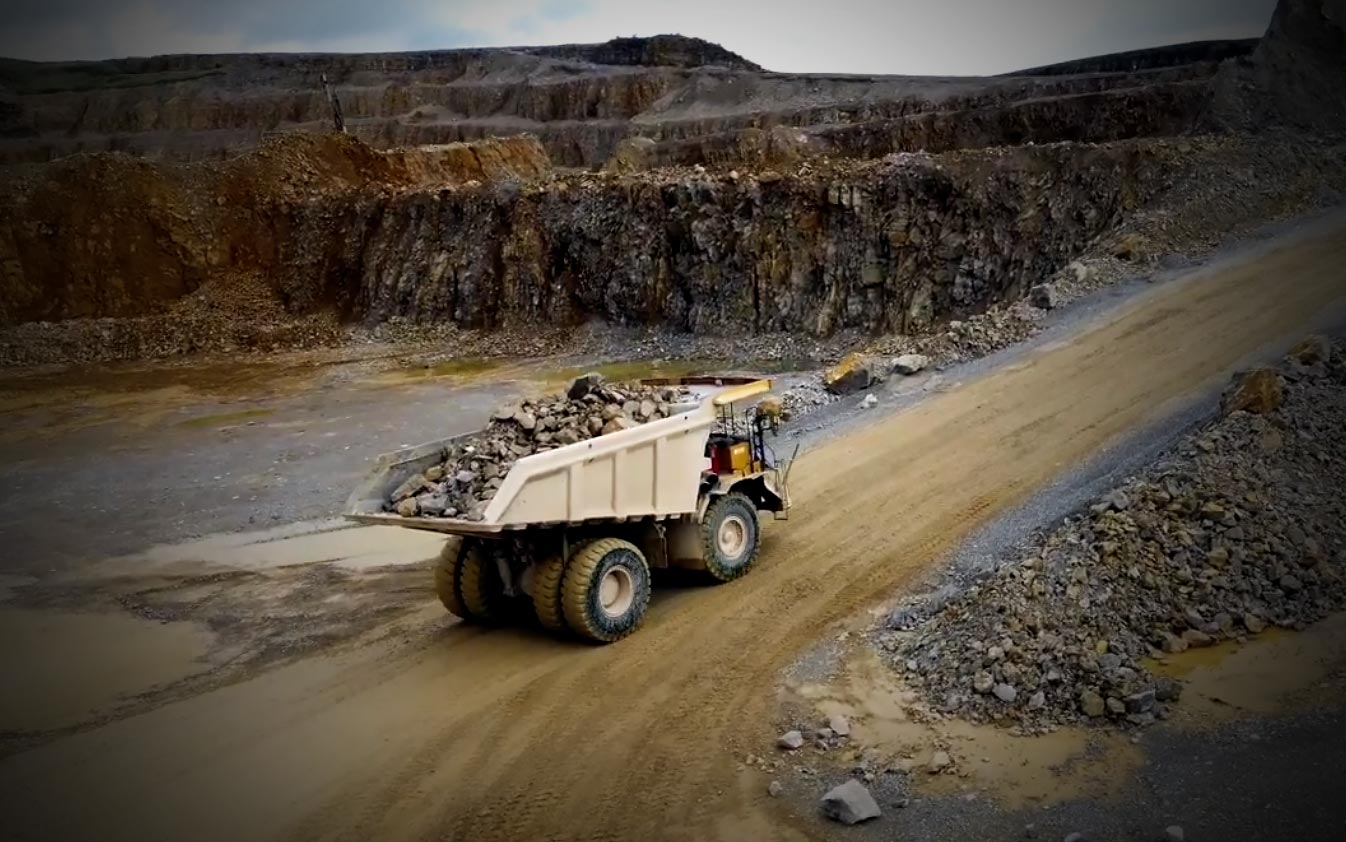
Von Kraftstoffeinsparungen bis hin zu Produktionssteigerungen: Wie Cemex Deutschland erfolgreich CheckProof implementiert hat

A Recap of the CheckProof Industry Event & 10th Anniversary Celebration
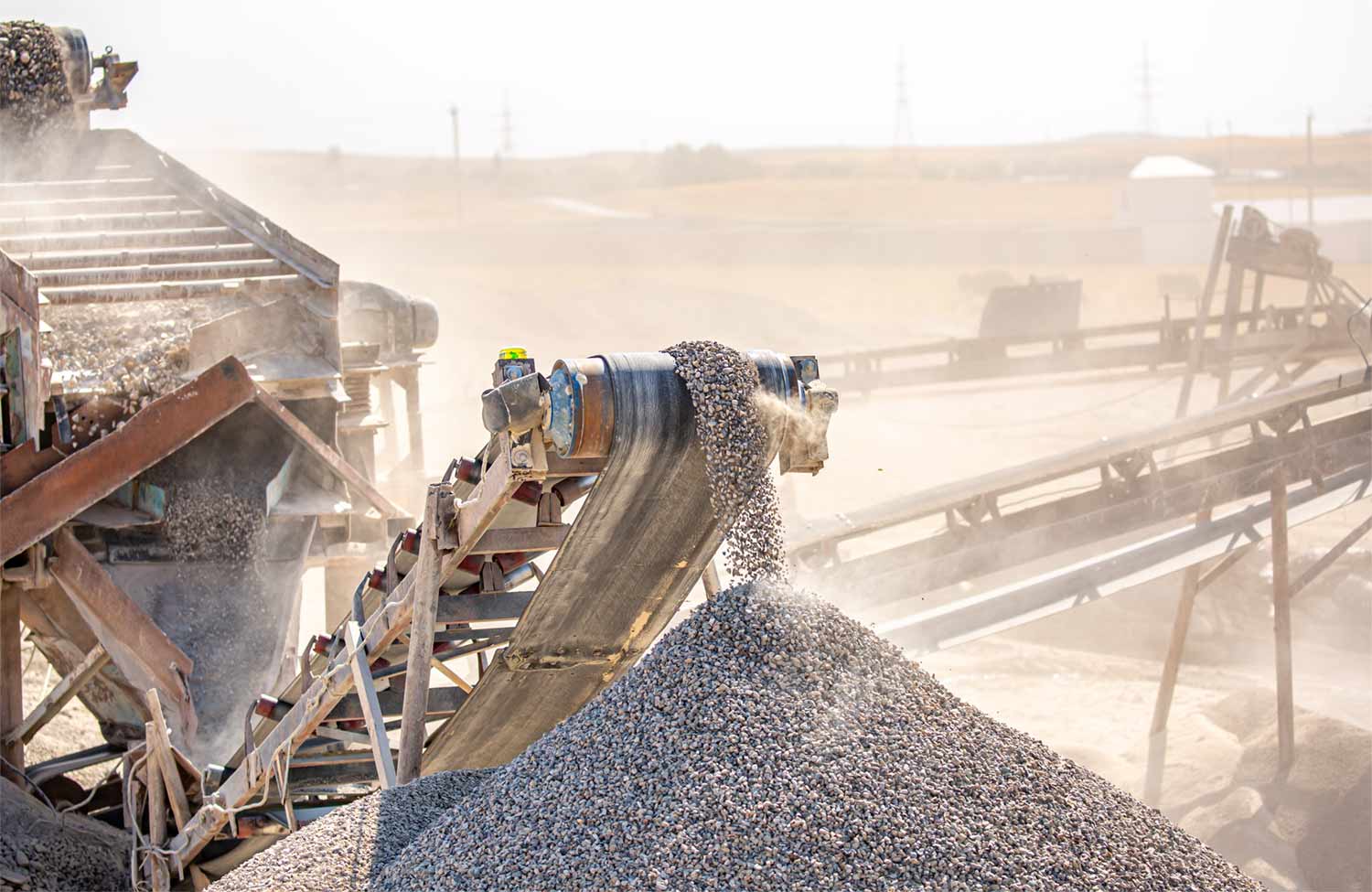
Trend Report: Key moments in the Construction Materials industry (2014–2024)




